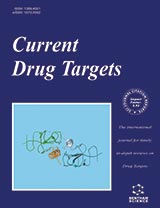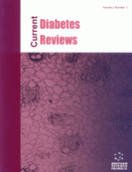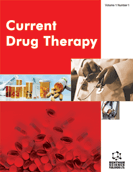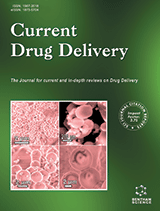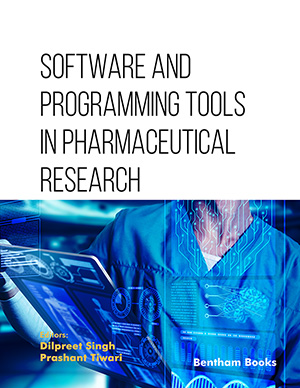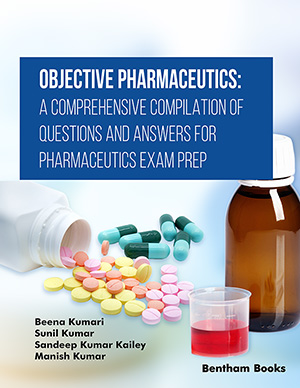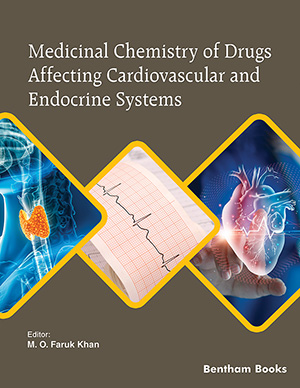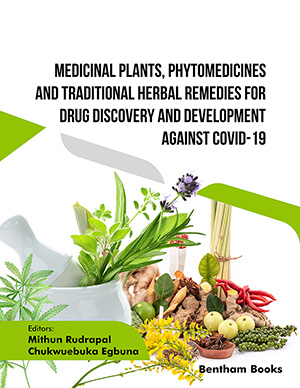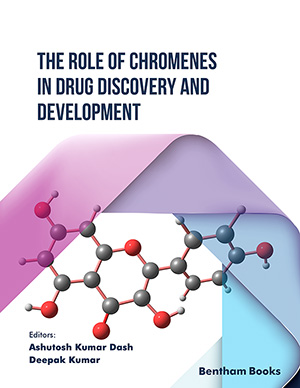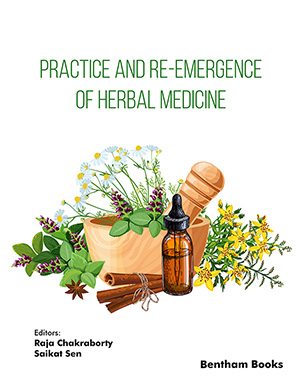Abstract
Polyphenols constitute a group of a paramount importance within the natural products in the plant kingdom, with an approximate amount of 8000 phenolic structures currently known. Fruits, vegetables, whole grains and several other foods and beverages (as tea, chocolate and wine, for instance) are rich and important sources of polyphenols. The scientific literature provides pre-clinical experimental evidence on the antinociceptive effects of polyphenolic compounds, found in plant extracts, in animal models of neuropathic pain. But not only neuropathic pain is attenuated: in fact, nociceptive pain, caused by stimulation of nerve fibers (either somatic or visceral) responding only to stimuli approaching or exceeding harmful intensity thresholds (nociceptors), and also inflammatory pain, which is associated with tissue damage and infiltration of immune cells, are both reduced and alleviated by polyphenols. In the present work, the antinociceptive effects of polyphenols are reviewed.
Keywords: Pain, baicalin, pueranin, myricitrin, epigallocatechin gallate, curcumin, resveratrol.
Current Drug Targets
Title:New Pharmacological Approaches Using Polyphenols on the Physiopathology of Neuropathic Pain
Volume: 18 Issue: 2
Author(s): Pere Boadas-Vaello, Jose Miguel Vela and Enrique Verdu
Affiliation:
Keywords: Pain, baicalin, pueranin, myricitrin, epigallocatechin gallate, curcumin, resveratrol.
Abstract: Polyphenols constitute a group of a paramount importance within the natural products in the plant kingdom, with an approximate amount of 8000 phenolic structures currently known. Fruits, vegetables, whole grains and several other foods and beverages (as tea, chocolate and wine, for instance) are rich and important sources of polyphenols. The scientific literature provides pre-clinical experimental evidence on the antinociceptive effects of polyphenolic compounds, found in plant extracts, in animal models of neuropathic pain. But not only neuropathic pain is attenuated: in fact, nociceptive pain, caused by stimulation of nerve fibers (either somatic or visceral) responding only to stimuli approaching or exceeding harmful intensity thresholds (nociceptors), and also inflammatory pain, which is associated with tissue damage and infiltration of immune cells, are both reduced and alleviated by polyphenols. In the present work, the antinociceptive effects of polyphenols are reviewed.
Export Options
About this article
Cite this article as:
Boadas-Vaello Pere, Vela Miguel Jose and Verdu Enrique, New Pharmacological Approaches Using Polyphenols on the Physiopathology of Neuropathic Pain, Current Drug Targets 2017; 18 (2) . https://dx.doi.org/10.2174/1389450117666160527142423
| DOI https://dx.doi.org/10.2174/1389450117666160527142423 |
Print ISSN 1389-4501 |
| Publisher Name Bentham Science Publisher |
Online ISSN 1873-5592 |
Call for Papers in Thematic Issues
Drug-Targeted Approach with Polymer Nanocomposites for Improved Therapeutics
Polymer nanocomposites have been recognized as an advanced and cutting-edge technique in drug targeting administration. These materials combine the unique features of nanoparticles with the adaptability of polymers to produce highly personalized drug administration devices. Integrating nanoparticles containing pharmaceuticals into a polymer matrix enables researchers to regulate the rates at ...read more
RNA Molecules in the Treatment of Human Diseases
Messenger and non-coding RNAs, including long and small transcripts, are mediators of gene expression. Gene expression at the RNA level shows significant aberrations in human diseases, including cancer, leukemia, lymphoma, cardiovascular diseases, and neurological disorders. Human transcripts serve either as biomarkers of diagnosis, prognosis, prediction of treatment response and/or therapy ...read more
 74
74
- Author Guidelines
- Graphical Abstracts
- Fabricating and Stating False Information
- Research Misconduct
- Post Publication Discussions and Corrections
- Publishing Ethics and Rectitude
- Increase Visibility of Your Article
- Archiving Policies
- Peer Review Workflow
- Order Your Article Before Print
- Promote Your Article
- Manuscript Transfer Facility
- Editorial Policies
- Allegations from Whistleblowers
Related Articles
-
Pharmacological Intervention at Ionotropic Glutamate Receptor Complexes
Current Pharmaceutical Design Advances in Electrospun Thermo-Sensitive Hydrogels Nanofibrous Materials for Biomedical Applications
Micro and Nanosystems ICT for Telemedicine and Health Care Innovation
Recent Patents on Biomedical Engineering (Discontinued) Orphan GPCR Ligands Related to Obesity
Current Medicinal Chemistry - Central Nervous System Agents Improving Brain Drug Targeting Through Exploitation of The Nose-to- Brain Route: A Physiological and Pharmacokinetic Perspective
Current Drug Delivery Cerebrospinal Fluid Proteomes: From Neural Development to Neurodegenerative Diseases
Current Proteomics Caspases: Structure-Guided Design of Drugs to Control Cell Death
Mini-Reviews in Medicinal Chemistry Pharmacology of Ivabradine and the Effect on Chronic Heart Failure
Current Topics in Medicinal Chemistry Contribution of Spinal Cord Oligodendrocytes to Neuroinflammatory Diseases and Pain
Current Medicinal Chemistry Histone Deacetylase (HDAC) Inhibitors - emerging roles in neuronal memory, learning, synaptic plasticity and neural regeneration
Current Neuropharmacology Could Computed Tomography Hounsfield Unit Values of Lumbar Vertebrae Detect Osteoporosis?
Current Medical Imaging Antioxidant Effect of Flavonoids Present in Euterpe oleracea Martius and Neurodegenerative Diseases: A Literature Review
Central Nervous System Agents in Medicinal Chemistry Drug Target Identification for Neuronal Apoptosis Through a Genome Scale Screening
Current Medicinal Chemistry Synaptic and Extrasynaptic Glutamate Signaling in Ischemic Stroke
Current Medicinal Chemistry The Use of Naphthoquinones and Furano-naphthoquinones as Antiinvasive Agents
Current Medicinal Chemistry Drugs Polypharmacology by In Silico Methods: New Opportunities in Drug Discovery
Current Pharmaceutical Design Sources of Adult Mesenchymal Stem Cells and their Applicability for Musculoskeletal Applications
Current Stem Cell Research & Therapy Pathomechanism of the IVDs Degeneration and the Role of Neurotrophic Factors and Concentration of Selected Elements in Genesis of Low Back Pain
Current Pharmaceutical Biotechnology Metabotropic Glutamate Receptors Modulate Periaqueductal Grey Descending Analgesic System
Central Nervous System Agents in Medicinal Chemistry Pros and Cons of Medical Cannabis use by People with Chronic Brain Disorders
Current Neuropharmacology


